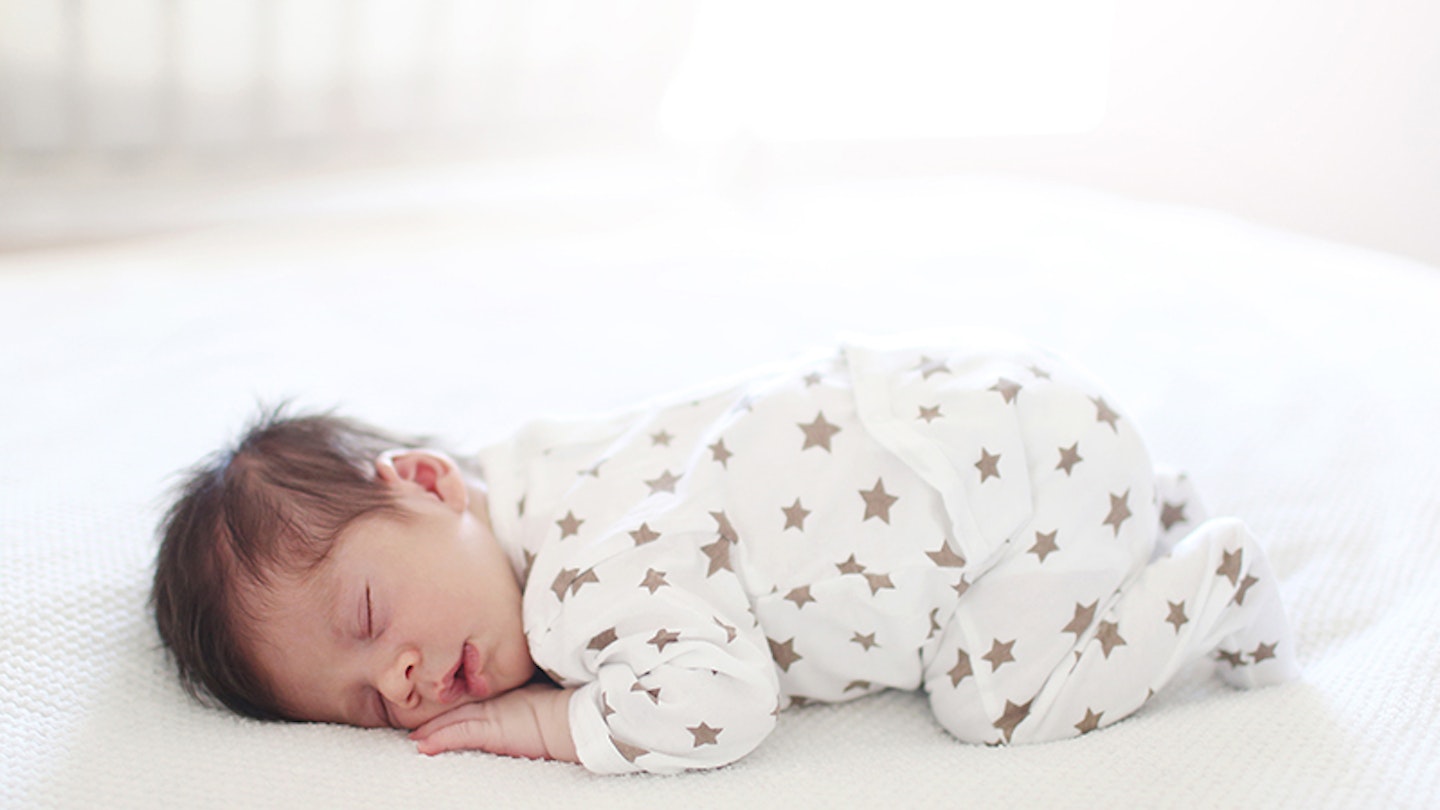Your baby moving to sleep on her front can be worrying, but understanding why she’s doing it can help put your mind at ease.
Putting your baby to sleep on their back (known as the supine position) every night is one of the most protective actions you can take to ensure your baby is sleeping as safely as possible. The advice, from both The Lullaby Trust and the NHS, is given to reduce the risk of Sudden Infant Death Syndrome (SIDS).
But, what if your child starts rolling onto her front while she's asleep? First off, don’t panic. It’s a case of knowing how to handle it.
Why does it happen?
Your baby turning over is a sign of her development, and her finding a snoozing position that works for her. Although regardless of how she moves, always remember to put her to sleep on her back.
‘Little ones develop the ability to roll themselves from back to front at around three or four months,’ says Felicity Sullivan from The Lullaby Trust.
‘So, what we tend to say is that when your baby can do this and also turn herself back the other way, it’s fine to let her find her own sleeping position.
If she has the head control and upper body strength to do that, she can generally get out of any position that doesn’t feel safe or comfortable.’
If you’re anxious at all, gently turn her onto her back again and, again, don't forget to always at least start her off in that position when you put her down to sleep.
Helping them to turn back
Once your baby can move themselves from their back to their front and back again by themselves, they will be able to find their own sleeping position.
The first few times they roll onto their tummy, you might like to gently turn them back, but do not feel you have to get up all night to check.
There can be a slight lag between your baby mastering the skill to roll onto her front and the one to turn back again, so start encouraging her.
‘You can help her develop this with lots of supervised tummy time so she learns to do things like lift her head,’ says Felicity.
Clear the cot
Your baby learning to roll is a big indicator that you need to remove anything loose from her cot, so if you haven’t already, now would be a good time to have a cot clear-out.
‘This goes for toys, bumpers and any loose sheets,’ says Felicity. ‘Also make sure her mattress is firm so she doesn’t get caught in any dips.’
There should be:
-
No pillows or duvets
-
No cot bumpers
-
No soft toys
-
No loose bedding
-
No products (such as wedges or straps) that will keep your baby in one sleeping position.
Reducing the risk of SIDS
Safe sleep recommendations to reduce the risk of SIDS include placing baby:
-
on a flat and firm surface
-
on their back
-
in a crib or bassinet without any additional pillows, bedding, blankets, or toys
-
in a shared room (not a shared bed)
These recommendations apply to all sleep times, including both naps and overnight. Making these recommendations a part of your baby's sleep routine is the best way to make sure your baby sleeps safely.
